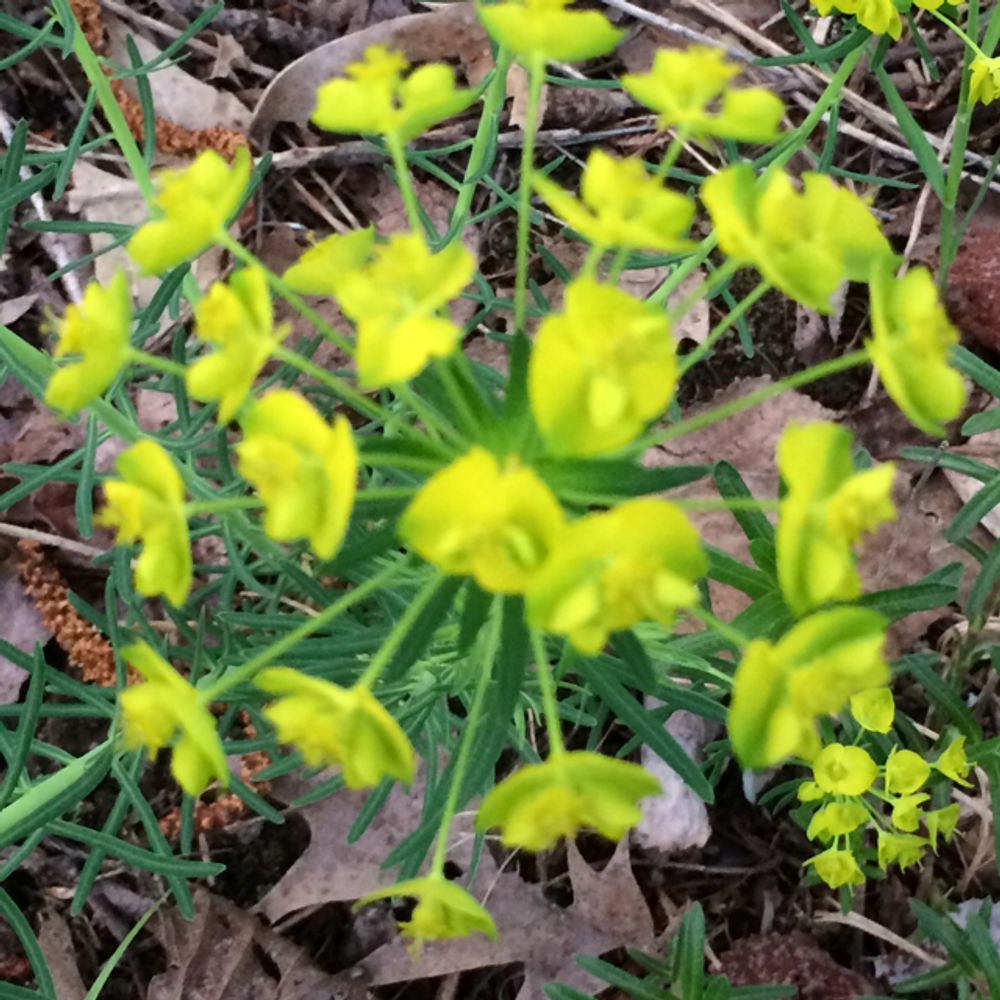Peking spurge
(Euphorbia pekinensis)

Description
Euphorbia pekinensis, the Peking spurge, is a flowering plant native to Asia. Euphorbias range from tiny annual plants to large and long-lived trees. The genus has over or about 2,000 members, making it one of the largest genera of flowering plants. It also has one of the largest ranges of chromosome counts, along with Rumex and Senecio. Euphorbia antiquorum is the type species for the genus Euphorbia. It was first described by Carl Linnaeus in 1753 in Species Plantarum. The plants share the feature of having a poisonous, milky, white, latex-like sap, and unusual and unique floral structures. The genus may be described by properties of its members' gene sequences, or by the shape and form (morphology) of its heads of flowers. When viewed as a whole, the head of flowers looks like a single flower (a pseudanthium). It has a unique kind of pseudanthium, called a cyathium, where each flower in the head is reduced to its barest essential part needed for sexual reproduction. The individual flowers are either male or female, with the male flowers reduced to only the stamen, and the females to the pistil. These flowers have no sepals, petals, or other parts that are typical of flowers in other kinds of plants. Structures supporting the flower head and beneath have evolved to attract pollinators with nectar, and with shapes and colors that function the way petals and other flower parts do in other flowers. It is the only genus of plants that has all three kinds of photosynthesis, CAM, C3, and C4. The genus can be found all over the world. The forms range from annual plants lying on the ground, to well-developed tall trees. In deserts in Madagascar and southern Africa, convergent evolution has led to cactus-like forms where the plants occupy the same ecological niche as cacti do in deserts of North and South America. The genus is primarily found in the tropical and subtropical regions of Africa and the Americas, but also in temperate zones worldwide.[citation needed] Succulent species originate mostly from Africa, the Americas, and Madagascar.[citation needed] A wide range[citation needed] of insular species can be found
Taxonomic tree:







